Circadian Rhythm, Health & Wellness, Sleep
The Ultimate Guide to the Best Sleep Ever
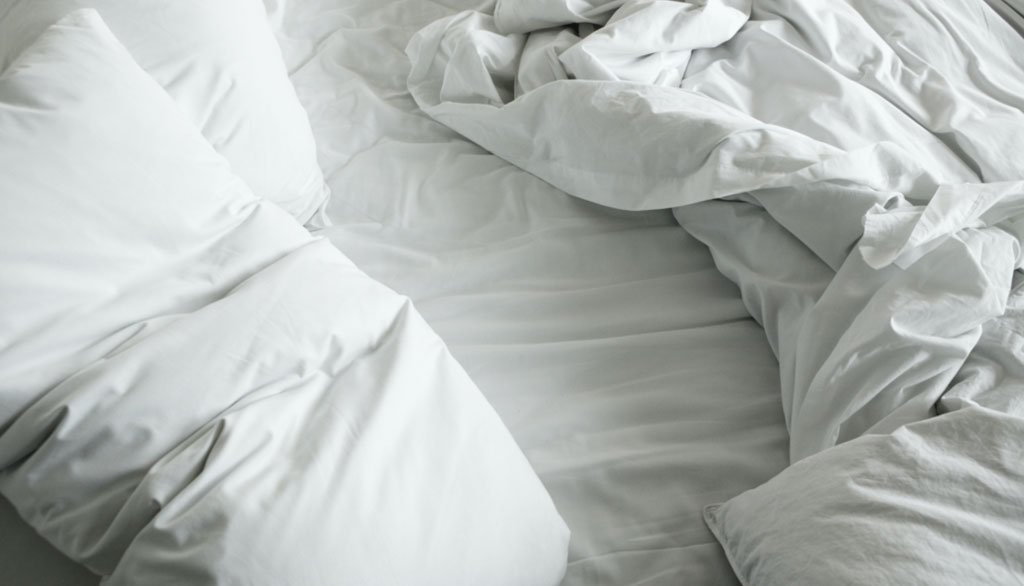
Article at a Glance:
- Despite the trend of glorifying lack of sleep, sleep deprivation is anything but healthy or sexy.
- Studies have connected insufficient sleep to weight gain, weakened immune system, mood disorders, high blood pressure, heart disease, dementia, diabetes, poor cognitive function, and even cancer.
- Your chronotype can affect when your body naturally wakes up and falls asleep every day.
- Lighting and caffeine can both greatly affect the quality of your sleep if you consume too much of either at the wrong times.
- Blue light blocking glasses and sleep-tracking wearables are just a few examples of simple yet super effective tools that you can use to hack your sleep.
Everyone does it, but it’s clear that not everyone gets enough of it. And when you deprive yourself of this necessity, basically every part of your life gets worse.
That’s right, we’re talking about sleep.
When it comes to sleep, quality and quantity both matter.
Sleep plays a pivotal role in your mental and physical health. Every night, it basically hits a reset button that re-energizes the cells throughout your body and helps to clear waste from the brain. It also supports learning and memory by helping your brain organize your thoughts and experiences from each day. Prioritizing time for sleep can in turn increase your productivity and help you make better choices with it comes to food and exercise.
It’s clear that when you get consistent, adequate rest, your mind and body are able to properly recover from the day’s activities. You’re also setting yourself up to feel and perform your best the next day. On the flip side, sleep deprivation throws off your circadian rhythm (or body clock) and can put you at risk for a number of health issues, including but not limited to:
As it turns out, staying awake all night can also increase a person’s sensitivity to pain the next morning by as much as 30%!
So, how do you get the best sleep ever?
It’s not so black and white. In fact, understanding your chronotype is a great place to start because every individual is different and your DNA can directly influence when you feel most energetic during the day. 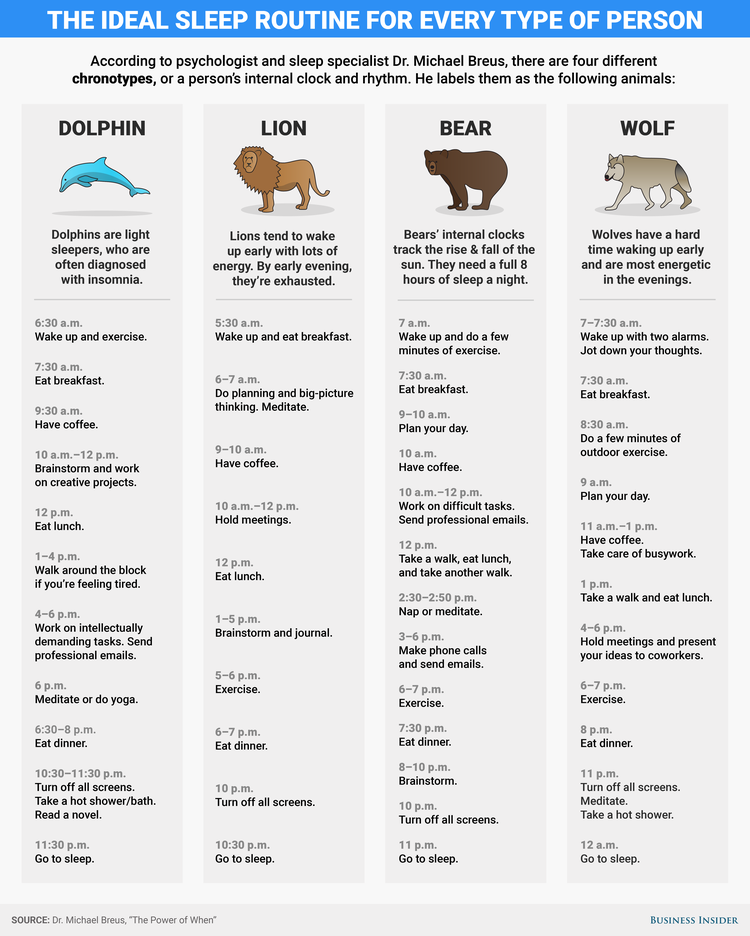
What’s your chronotype? Take the quiz to find out.
It’s also extremely important to take a close and honest look at your daily habits to pinpoint what activities may be preventing you from getting the best sleep possible.
Simple lifestyle hacks that will help keep your sleep/wake cycle on track
- Keep a consistent schedule.
The human body was designed to function in correlation with the rise and fall of the sun. In other words, we wake up and start our day as the sun rises; we work and exercise during the day; and we typically wind down to go to sleep once it gets dark outside.
The National Sleep Foundation’s sleep guidelines outline the recommended amount of sleep for various age groups. As a rule of thumb, an average of eight hours of sleep per night is recommended for people ages 14 and up.
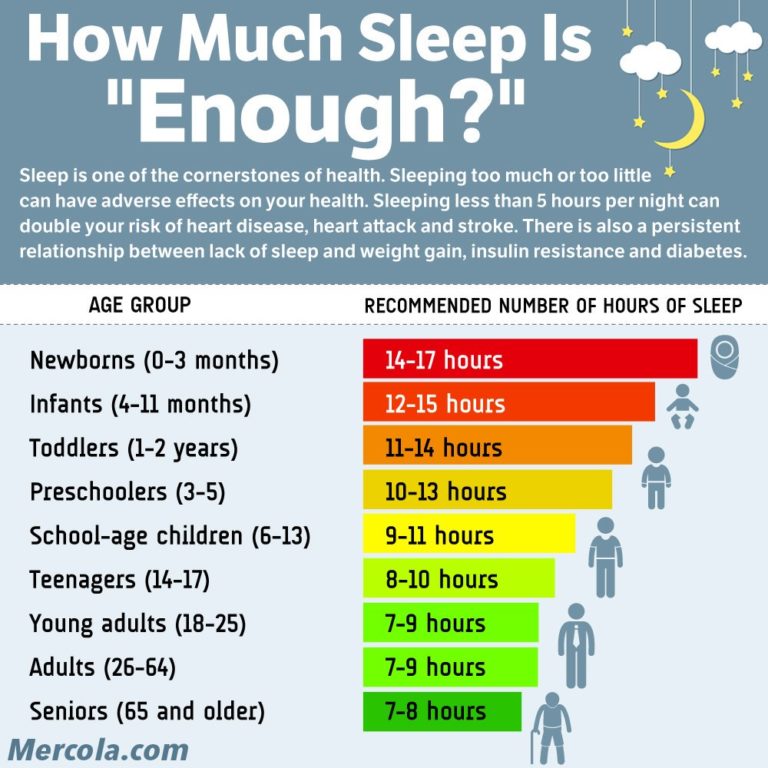
With that being said, it’s still important to take chronotype into consideration when you’re thinking about how much sleep you need each night. And consistency is key!
In order to maintain a regular sleep/wake schedule:
- Aim to go to bed at the same time every night and get at least eight hours of sleep
- Avoid sleeping in, including over weekends, because changing your sleep/wake schedule abruptly could result in jet-lag-like symptoms (e.g. daytime fatigue, moodiness, lack of focus, and/or an upset stomach)
- Limit daytime naps to 15-20 minutes if you absolutely need them; otherwise, try to avoid napping as much as possible
- Also, avoid going to bed too early — even if you’re experiencing drowsiness after a big meal — because then you may wake up during the middle of the night and have a tough time getting back to sleep.
Note: If you’re getting enough sleep, you should wake up naturally without needing an alarm. If you find that you need assistance from an alarm (app or clock), then consider going to bed earlier in the evenings so that you can get the core eight hours that your body needs.
- Adjust and update the lighting throughout your home.
Let’s go back to the sun for a moment and why light itself is such an important concept for health. The sun provides a full spectrum of light that contributes to the biological functions of humans, plants and animals. The sun literally affects all of us down to the molecular level; sunlight acts as a nutrient that helps orchestrate your mitochondria to carry out specific functions at precise times throughout the day.
Over time, humans have evolved to live and work outside of the natural hours of daylight thanks to the development of artificial light sources. The LED and compact fluorescent lights (CFL’s) found in most of today’s homes, offices and other public buildings lack some of the key wavelengths that the sun produces naturally, and that our brains and bodies need for optimal biological function.
Unlike incandescent and halogen lights, which emit light similar to that during a sunset, LEDs and fluorescents eliminate most of the infrared, red, and violet light found in natural sunlight, and conversely emit a lot of blue light.
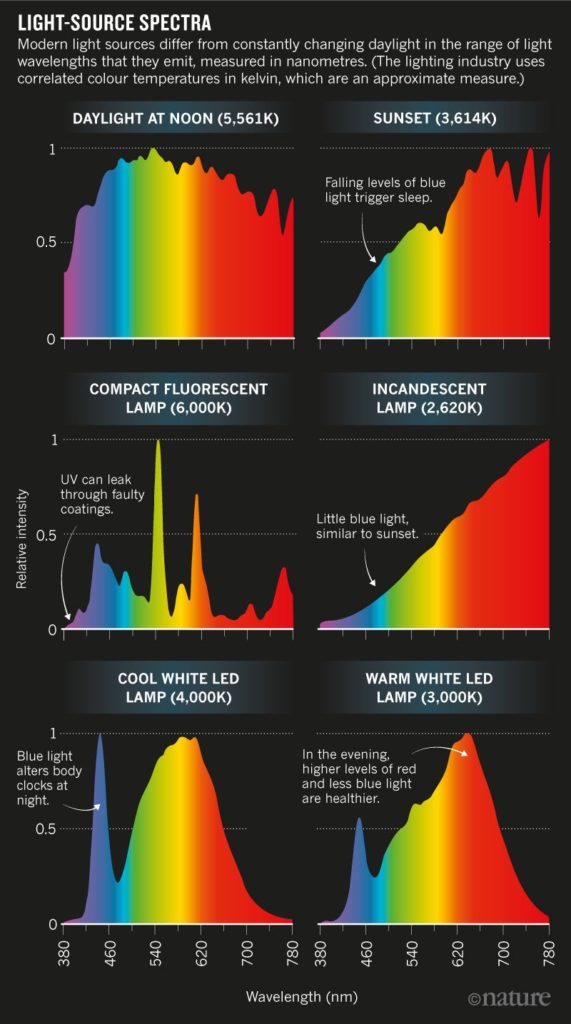
FACT: Most LEDs and fluorescents emit about five times the amount of blue light that are bodies are naturally equipped to handle.
Economically speaking, LEDs are incredibly cost-effective; however, they are notorious for emitting blue wavelengths of light that throw off your energy, mood, and natural circadian rhythm.
Overexposure to artificial lighting confuses the mind and body, making it very difficult to decipher what time of day (or night) it actually is. Subsequently, there’s broken signaling that takes place between the artificial light sources all around you and your natural body functions. It’s no wonder then that after a full day of using digital devices with LED screens and sitting under artificial lighting, you may experience a “wired and tired” feeling as you’re getting into bed at night. It also makes sense that sleep deprivation then leads to fatigue the next day. This pattern between insomnia and fatigue becomes cyclical and can have profound effects on how you feel and show up in the world.
The key here is to take more control of the light in your environment by making healthier lighting choices. Consider swapping out any LED and/or fluorescent bulbs in your house to halogen or incandescents. More specifically, 15 or 20-watt bulbs are ideal because they emit warmer light that is healthier for your eyes, mind, and body — especially as your winding down for bedtime in the evenings. You can also opt to turn off the light fixtures around your home, or just use candles instead to keep an area lit with natural light. Dimmer is better because it more closely mimics the natural light that you would be exposed to outside as the sun descends at night.
Completely “blackout” your bedroom at night.
While light in the morning signals to your brain that it’s time to be awake and alert, darkening your room at night conversely tells your brain, “Hey, it’s getting dark out. It’s time to wind down and get ready for bed so that you can be well-rested for tomorrow.”
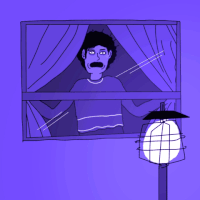
There are some very simple, cost-effective solutions to help you turn your bedroom into cave-like environment:
- Invest in blackout curtains and/or shades. You can find them at basically any store that sells home furnishings and decor, and of course you can find them on Amazon too. They will seriously change your life — especially if you have a lot of street lights right outside of your home.
- Unplug all digital devices so that the power source lights don’t light up your room. Think: the pesky little lights in the corner of your television, computer monitor, and power strips. And remember that green light can disrupt sleep too. You can use duct tape or TrueDark® Dots to completely cover these (blue or green) lights up while you’re sleeping.
- Use a smarter alarm clock. Look for alarm clocks where the display is dimmable and/or has the ability to completely turn off. Try to avoid blue displays altogether at least 2 hours before you’re winding down for bed.
- Get yourself some sleep-hacking glasses. They are more commonly known as “blue blockers”, but we aren’t just talking about any blue blockers that you can find for $9 on Amazon. We are talking about TrueDark® sleep-hacking glasses that use red lenses and technology to block 99% of blue and green light — specifically at night time. These glasses essentially blackout your vision and signal to your brain that it’s dark outside. They put your brain into an alpha (or meditative) state that helps you fall asleep faster and sleep more deeply.
Read: This is your brain on TrueDark® Twilights
It’s important to note that orange, amber (yellow) and clear lenses are not as effective as red lenses when it comes to helping you fall asleep at night time. Orange lenses are largely popular because that’s what the very first “blue blockers” used; however, orange-lensed blue blockers fail to effectively also block green wavelengths of junk light before bedtime. Read why here.
Clear and amber-lensed blue light blocking glasses solely block out blue light as well, and they are designed for reducing eye-strain as opposed to helping you fall asleep. The most amount of blue junk light they can block is 40% and 75%, respectively. Check out the chart below to see how different colored lenses stack up when it comes to blocking junk light!
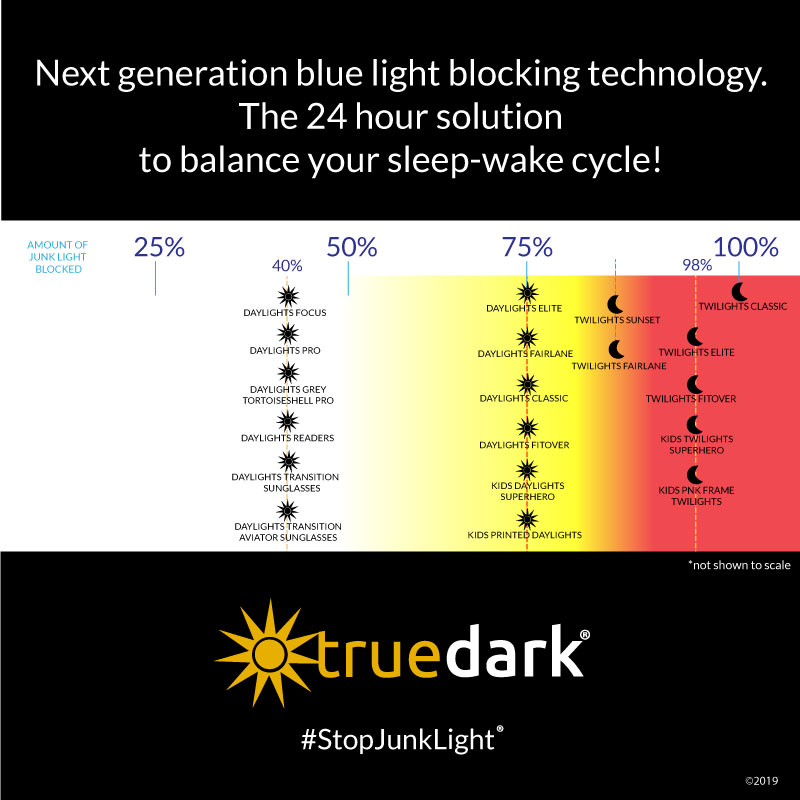
Be mindful of your caffeine intake.
Caffeine happens to be the world’s most popular drug, and it’s found in all of your favorite beverages (such as coffee, soda, and energy drinks). This substance is classified as a stimulant because it promotes alertness and blocks the (adenosine) neurotransmitter in your brain in order to keep you from feeling sleepy. More specifically, caffeine:
- Blocks adenosine. Adenosine is an important hormone that helps regulate sleep. Over the course of the day (waking hours), adenosine will build up in the brain, which inhibits the neurons in the brain and results in the sensation of feeling tired. When you drink caffeine, you’re essentially fooling the adenosine receptors in the brain, which causes you to feel more awake and focused.
- Increases dopamine. Dopamine is a neurotransmitter that helps send pleasure signals in the brain. This increases alertness, and may contribute to why caffeine is so habit-forming.
- Suppresses melatonin production. Melatonin is a hormone that also helps regulate sleep/wake cycles. The pineal gland naturally produces melatonin that your body needs in order to sleep at night. Because caffeine stays in your system anywhere from 6-8 hours, you may not feel the effects right away, but it can certainly affect your body’s ability to produce melatonin.
Note: when you consume caffeine daily, it becomes less effective as a stimulant because your body will build up a tolerance to it over time.
Many sources suggest that 400 mg of caffeine is safe and healthy for most adults to consume daily . This is equivalent to about 4 cups of coffee (or 10 cans of soda, or two energy shots). Unfortunately, there is such a thing as consuming too much coffee and, or caffeine. Possible adverse effects include:
- Restlessness
- Fast heartbeat
- Anxiety
- Dizziness
- Insomnia
- Upset stomach
- Irritability
Studies show that caffeine can remain in your system for an average of five hours, but it depends on your personal sensitivity to caffeine. Put this into perspective as your as you’re thinking about how to calm your body down enough to go to sleep at night on a regular schedule. The American Academy of Sleep Medicine recommends that if you are going to consume caffeine, then you should stop doing so at least six hours before bedtime. So if you go to bed at 9:00 p.m., you should have your last round of caffeine no later than 3:00 p.m.
Other sleep hacks to try
After you’d have a chance to adjust some of the lifestyle habits that may be inhibiting your sleep, there are tools that you can use to actually measure both the quality and quantity of your sleep.
Wearables. Sleep trackers have been trending for the past several years. Wearables in particular are typically worn on the wrist or finger to measure sleep patterns and ultimately help you improve your sleep. They track things like: movement, heart rate, temperature, air quality, snoring, different sleep levels, as well as light levels.
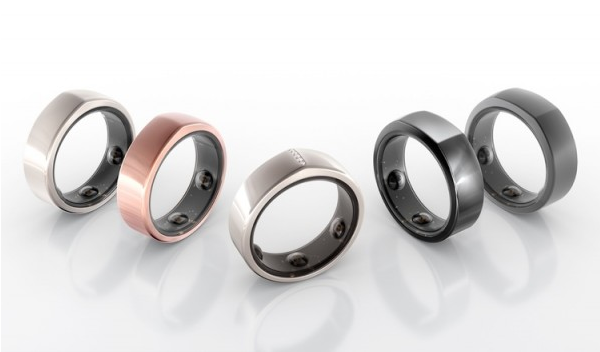
The Oura Ring, for example, is a sleek wearable that you wear on your finger, and it tracks things happening in your body throughout the day (and night). It measures things like your heart rate, heart rate variability (stress level), body temperature and breathing rates. If you haven’t been active enough during the day, it will let you know. And if you want to see how much deep sleep you actually got the night before in comparison to your total rest time, the device will provide you with that information too. The great thing about the metrics and data is that they can be used to help inform our decision making the next day. For example, if you’re showing high heart rate variability than your stress levels are up. It may be a good idea to meditate or book a yoga session. If you’re waking up in the middle of the night, perhaps you’re going to bed too early, or you had caffeine too late in the day. The power is truly in the data, and Oura is giving you the chance to take more control of your sleep.
And psssst….if you use Coupon code: “truedark” at checkout, you can save $50 off when you purchase your own Oura ring.
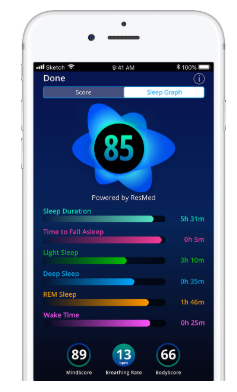 Smart Apps. If you prefer not to wear devices on your body, smart apps are another great alternative that can help you track and improve your sleep. The SleepScore app claims to be the most detailed and accurate sleep improvement app. It uses the microphone and speaker from your smartphone to measure your breathing rate and body movement. When you wake up in the morning, the app then delivers an in-depth analysis into every stage of your sleep. Also, in case you’re worried about your personal information being shared, it’s comforting to know that SleepScore does NOT record or share your personal data.
Smart Apps. If you prefer not to wear devices on your body, smart apps are another great alternative that can help you track and improve your sleep. The SleepScore app claims to be the most detailed and accurate sleep improvement app. It uses the microphone and speaker from your smartphone to measure your breathing rate and body movement. When you wake up in the morning, the app then delivers an in-depth analysis into every stage of your sleep. Also, in case you’re worried about your personal information being shared, it’s comforting to know that SleepScore does NOT record or share your personal data.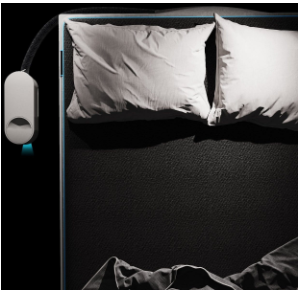 Smart Mattresses. According to the National Sleep Foundation, approximately 30% of the general population complains about sleep disruption. Smart mattresses are among the newest innovations in sleep that allow you to track and improve your sleep habits. Eight Sleep, for instance, uses sensors to detect the user’s needs and adjust things like the pressure and temperature of the mattress throughout the night. Some smart mattresses can even be integrated with a number of smart home devices. You might find yourself asking, “Alexa, how did I sleep?”
Smart Mattresses. According to the National Sleep Foundation, approximately 30% of the general population complains about sleep disruption. Smart mattresses are among the newest innovations in sleep that allow you to track and improve your sleep habits. Eight Sleep, for instance, uses sensors to detect the user’s needs and adjust things like the pressure and temperature of the mattress throughout the night. Some smart mattresses can even be integrated with a number of smart home devices. You might find yourself asking, “Alexa, how did I sleep?”
5 Best Smart Mattresses – Buyer’s Guide and Reviews (2019)


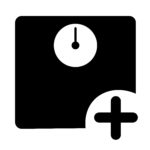
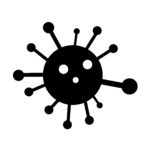
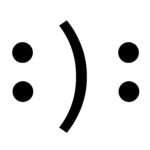
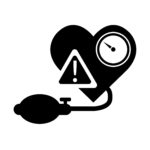
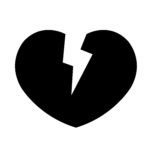

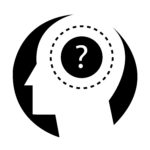
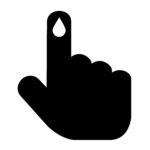
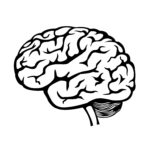
Comments are closed.